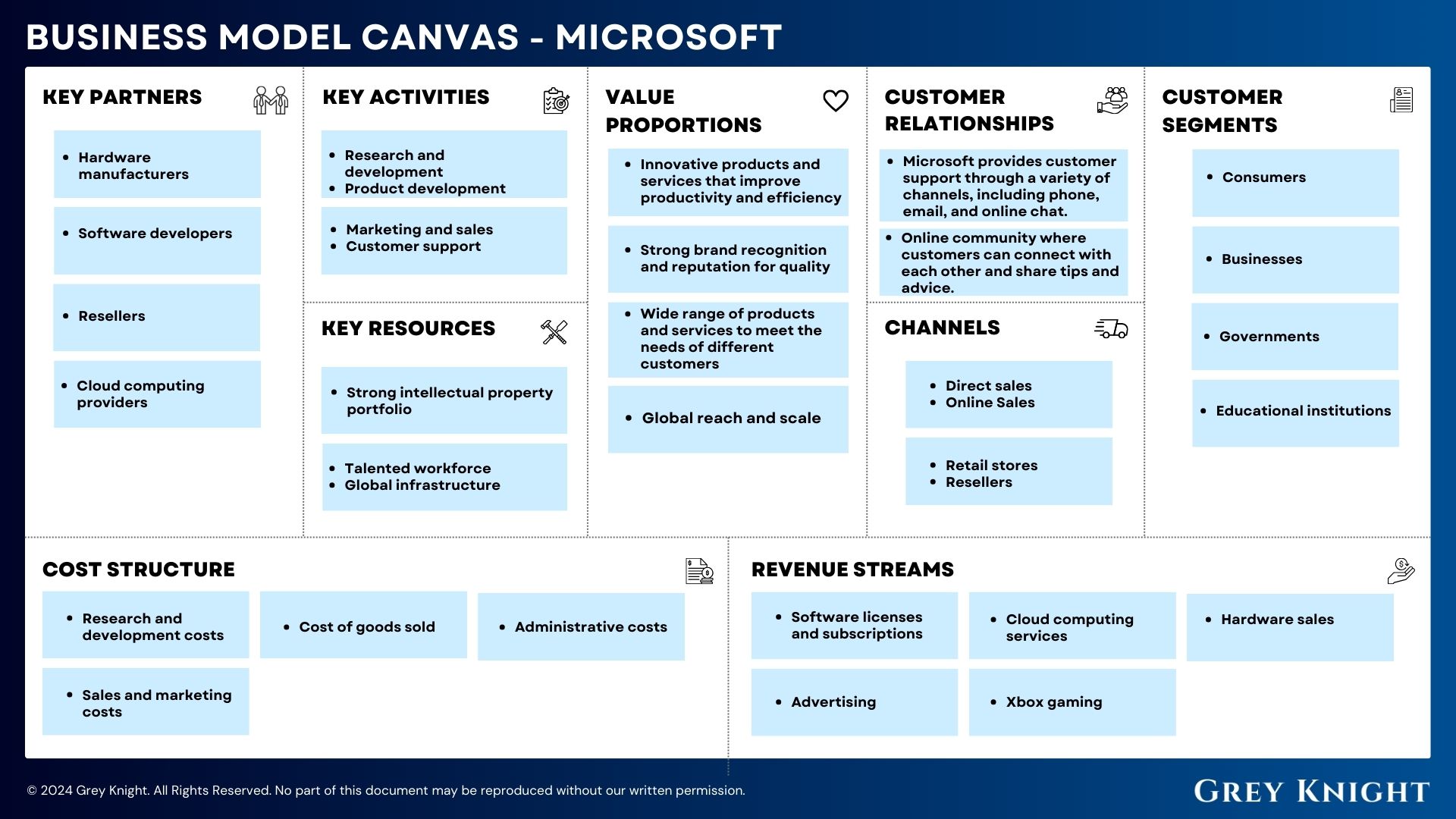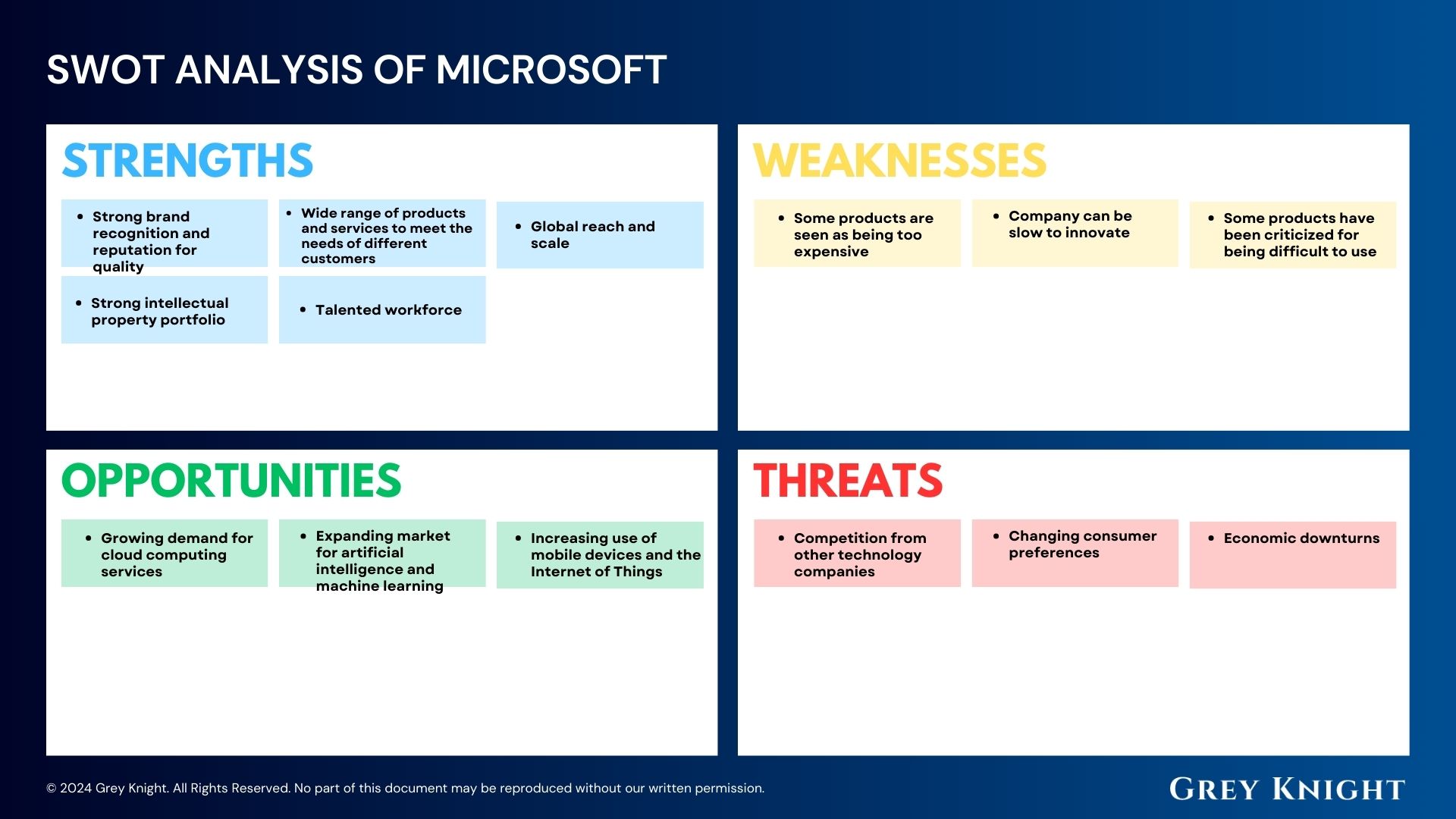Table of Contents
ToggleA Brief History CN
The Canadian National Railway Company, also known as CN, has a rich history dating back to its establishment in 1919. The company was created through the government’s decision to merge several financially struggling railroads into a single entity to improve efficiency and financial stability.
CN’s history is closely tied to the development of the Canadian railway system, which played a crucial role in the country’s economic growth and development. The company had a significant impact on the expansion of transportation networks and the integration of the Canadian economy.
Over the years, CN has expanded its reach and diversified its operations to include not only freight transportation but also intermodal services, logistics solutions, and the operation of passenger trains in some regions. The company has also made significant investments in technology and infrastructure to improve its operations and provide better services to its customers.
Today, CN is one of the largest and most successful railway companies in North America, with an extensive network that spans across Canada and into the United States. The company continues to play a vital role in the transportation of goods and resources, contributing to the economic prosperity of the regions it serves.
Who Owns CN?
The Canadian National Railway Company is owned by a variety of shareholders, with the largest ownership stakes held by institutional investors and mutual funds. The company’s top 10 shareholders include large investment management firms like Vanguard Group, BlackRock Inc., and Fidelity Investments, along with Canadian financial institutions such as Caisse de dépôt et placement du Québec and Ontario Teachers’ Pension Plan. These major shareholders play a significant role in the company’s governance and decision-making processes, shaping the direction and strategy of the Canadian National Railway Company.
CN Mission Statement
Canadian National Railway Company’s mission statement is to deliver superior transportation solutions and connect North American communities and businesses with their diverse and reliable rail network. Their commitment is to operate with safety, integrity, and respect for the environment while delivering a high standard of service to their customers. They aim to continue being a leader in the transportation industry by providing efficient and sustainable rail services.
How CN Makes Money?
Canadian National Railway Company operates a freight transportation business model, primarily generating revenue by transporting a wide range of goods, including natural resources, agricultural products, consumer goods, and industrial products. The company makes money by charging shippers for the transportation of their goods along its extensive rail network which spans across Canada and into the United States. Canadian National Railway also offers intermodal transportation services, which involve the movement of containers and trailers by a combination of rail and truck. Additionally, the company generates revenue through the leasing and use of its railway infrastructure to other rail operators and through the provision of logistics services to its customers. As a result, the Canadian National Railway Company has established itself as a key player in the North American transportation industry.
CN Business Model Canvas
The Business Model Canvas is a strategic management tool that allows businesses to visually outline and analyze the key components of their business model. This tool consists of 9 key components including Customer Segments, Value Propositions, Channels, Customer Relationships, Revenue Streams, Key Resources, Key Activities, Key Partners, and Cost structure.
Customer Segments:
1. Canadian National Railway Company primarily serves the freight transportation market.
2. Their customer segments include industries such as agriculture, energy, automotive, chemicals, and retail.
Value Propositions:
1. CN Railway offers efficient and reliable freight transportation services.
2. They provide access to a comprehensive rail network that connects key markets in North America.
3. They offer real-time tracking and monitoring of shipments.
Channels:
1. CN Railway uses a network of railroads, terminals, and intermodal facilities to transport freight.
2. They also utilize online platforms and customer service teams to manage customer interactions.
Customer Relationships:
1. CN Railway maintains relationships with customers through efficient and reliable delivery of freight.
2. They provide customer support and assistance throughout the transportation process.
Revenue Streams:
1. CN Railway generates revenue from the transportation of freight across North America.
2. They also may earn revenue from services such as freight forwarding and logistics.
Key Resources:
1. The key resources of CN Railway include its extensive rail network, terminals, and intermodal facilities.
2. Skilled employees and specialized equipment are also essential resources for the company.
Key Activities:
1. CN Railway’s key activities include transporting freight, maintaining infrastructure, and managing customer relationships.
2. They also engage in continuous improvement and innovation to optimize their operations.
Key Partners:
1. CN Railway partners with suppliers and vendors to procure equipment and materials.
2. They also collaborate with other transportation and logistics companies to expand their service offerings.
Cost Structure:
1. The cost structure for CN Railway includes expenses related to infrastructure maintenance, employee salaries, and fuel.
2. They also incur costs for technology, equipment, and regulatory compliance.
CN’s Competitors
The Canadian National Railway Company (CN) faces tough competition in the transportation and logistics industry. Some of its top competitors include Canadian Pacific Railway, Union Pacific Railroad, Norfolk Southern Railway, CSX Corporation, and Kansas City Southern. These companies also operate extensive rail networks across North America and compete with CN in the transportation of goods and commodities. Additionally, CN faces competition from trucking companies and other modes of transportation in the market. Despite the competitive landscape, CN has continued to be a major player in the industry, offering comprehensive freight services and a vast network across Canada and the United States.
CN SWOT Analysis
Strengths:
1. Extensive rail network covering North America.
2. Strong financial performance.
3. Diverse customer base across different industries.
4. Efficient and reliable transportation services.
Weaknesses:
1. Limited diversification of revenue streams.
2. Dependence on economic conditions and commodity prices.
3. Vulnerability to labor disputes.
Opportunities:
1. Expansion of intermodal and logistics services.
2. Potential for growth in e-commerce and online retail.
3. Investment in technology and innovation for improved efficiency.
Threats:
1. Competition from other transportation modes (e.g. trucking, air).
2. Regulatory changes impacting operations.
3. Disruption from natural disasters and unforeseen events.
Concluding Analysis
So, in my opinion, the Canadian National Railway Company has a solid and innovative business model that has proven to be successful in the past and is well-positioned for the future. With a focus on efficiency, customer satisfaction, and sustainability, I believe the company will continue to thrive in the ever-changing transportation industry. As an analyst, I am optimistic about the potential for growth and continued success for the Canadian National Railway Company, and I look forward to seeing how it continues to adapt and evolve in the years to come.
Additional Resources
To keep learning and advancing your career, we highly recommend these additional resources:
Business Model Canvas of The Top 1,000 Largest Companies by Market Cap in 2024
A List of 1000 Venture Capital Firms & Investors with LinkedIn Profiles
Peter Thiel and the 16 Unicorns: The Legacy of Thiel Fellowship












